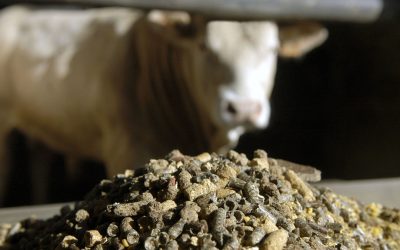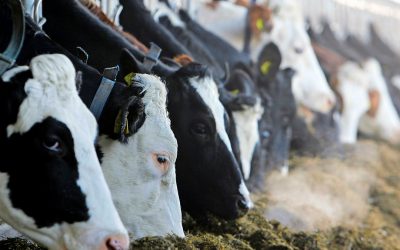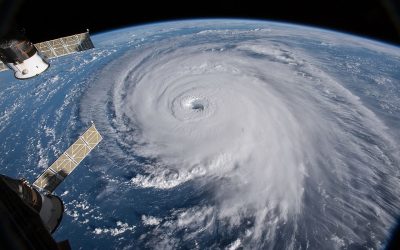Thailand agribusiness report Q4 2011
The Thai agriculture sector consistently contributes an average 11% to the country’s GDP and employs about one-third of the total working population.
Thus, it is understandable why competing political parties are inclined to propose agriculture-related policies during an election, as was the case in the recent July elections.
That said, Companies &Markets (C&M) believes that more long-term policies would benefit the key export industries of rice, sugar and livestock to better develop their competitive advantage.
Key trends
- Sugar consumption growth to 2015: 49.3% to 3.1mn tonnes.
This is will be driven by growing demand from the soft drinks and confectionery sector. - Rice production growth to 2014/15: 10.6% to 22.4mn tonnes.
This expansion will come almost entirely from improved yields as the area of land under rice cultivation will remain stable. - Poultry production growth to 2015: 35.6% to 1.7mn tonnes.
This will largely be due to increased private investment in the sector.
Industry developments
The Pheu Thai Party (PTP) has pledged a buyback price of white and Hom Mali rice from farmers at THB15,000 (US$496) and THB20,000 (US$653.80) respectively.
This is about 76% and 46% higher than the current market price of THB8,500/tonne and THB13,700/tonne respectively.
At present, the guaranteed price of white rice is at THB11,000 (US$359.50) and Hom Mali rice at THB15,300 (US$500).
C&M believes that this policy may receive support from the farmers at the start but is likely to be detrimental over the longer term.
Net corn importer
C&M forecast that Thailand will remain a firm importer of corn over the forecast period as demand outstrips supply.
Given the strong fluctuations in corn prices in recent times, this places the country in a vulnerable position, especially as corn is essential in manufacturing animal feed.
This is significant as Thailand is a major livestock exporter in the region, and the rising cost of grain will directly impact costs of livestock farmers.
Indeed, imports of corn have increased by 157% between 2007 and 2010 from 160,232 tonnes to 412,161 tonnes according to USDA data.
Sugar problems
A shortage of barges, the sinking of a ship and a lack of labour have all been blamed on current bottlenecks in Thailand’s sugar supply chain.
In the view of C&M, better coordination is required to prevent this problem in the future, as they predict Thailand’s sugar production to continue increasing, offering the possibility of further export growth in the mid-term.
Investment must be found for the expansion of the country’s ports and upgrades to the landside supply chain.
As the world’s second-largest producer of sugar and with demand from China increasing, the current export boom might have been expected to have had a significant impact on the dry-bulk shipping sector.
However, rates continue to tick down, further highlighting our view surrounding overcapacity in this market.
To obtain the full market report, go to Companies and Markets.











